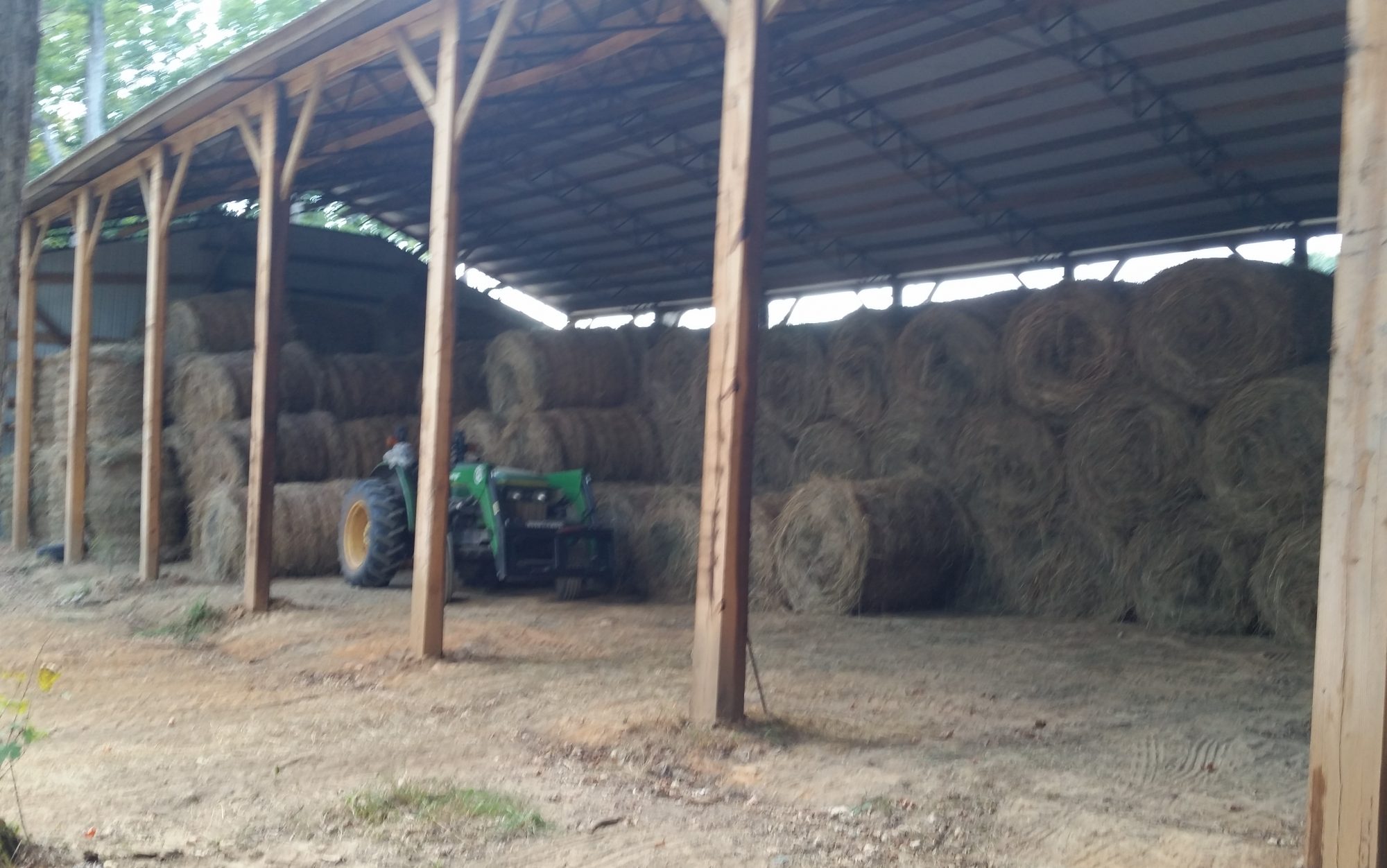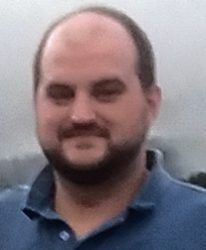Study of Laminar Acoustics
During my senior design course at TTU, our team had to propose, design, and fabricate a project that demonstrates our knowledge.
The project scope was to build a system using solar energy converted directly into mechanical energy through a heat engine.
We would use a solar dish to heat the engine to run a compressor, which would run a typical compression refrigeration cycle consisting of a working fluid being compressed, cooled to room temperature, and then allowed to expand and cool, absorbing the heat from the air around it and carrying it away.
This would eliminate several energy conversions found in typical solar panel to air conditioning systems, thus increasing the overall efficiency of the process.
The heat engine chosen was a thermal lag heat engine due to its simplicity and few moving parts. And mostly for it complex unknowns we soon found. The design process began with the building of a small prototype called we Prototype I. In order to confirm the engine could be replicated, it was then decided to build Prototype II using a modular design where a number of parameters would be variable, giving a better grip on the physics involved and range of data to be obtained via controls and monitoring system.
After analyzing some the data, the design and building of the solar powered lamina heat engine would start, but time grew short, Prototype II became the final design, being powered by torch and not the solar collector. (We had eight weeks total!)
During testing, Prototype II was successful, achieving rotations approaching 500 rpm and even generated small amounts of power. The Prototype II could serve as a test platform for future study into research these engines and to obtain a better idea of the full physics behind it.
Our project was successful because of our modular approach to the design. We were able to adjust crank length, TDC and BDC positions (Compression Ratios), nozzles, as well as the hot chamber. All components were designed and manually machined from scrap aluminum in our departments shop to meet a low prototype cost.
Six other teams had attempted to build Stirling engines or other variations in the past; we are proud to be the first team at of Tennessee Tech to successfully build a working external heat engine in some years.
However, I now have had more time to think about it, and know of a few improvements, I want to continue my study of as I get time.
Thanks to the team
“G” Guilherme Araujo
J. Issac Beasley
“Vin” Vinicius Camara
me,
and our mentors:
Jeff Randolph
Professor Meenakshi Sundaram.
and TTU.

